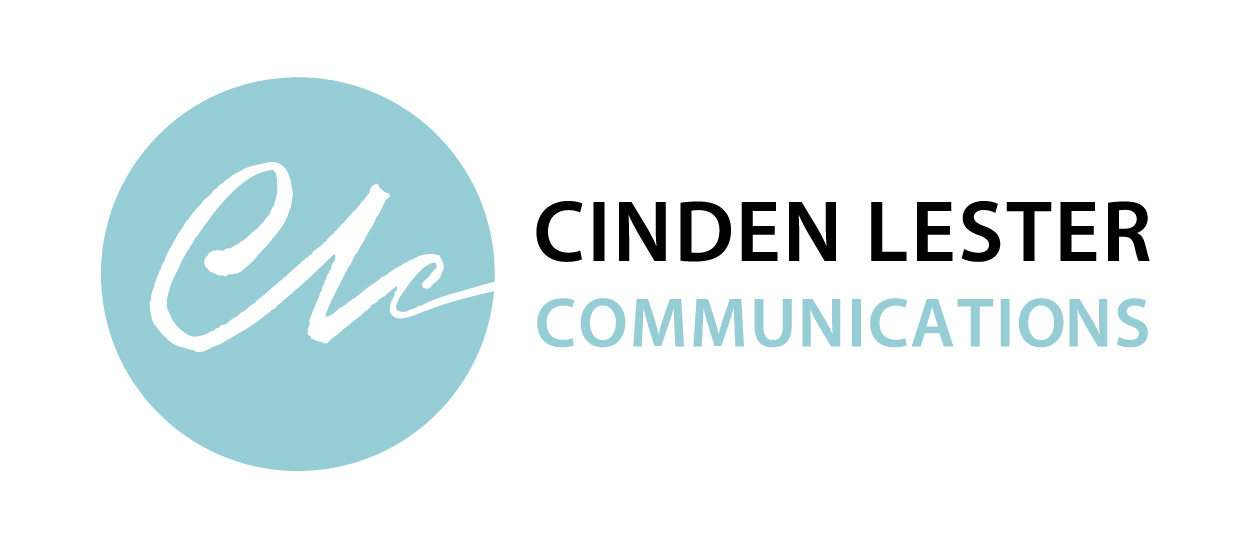 Do you need to write a briefing paper, a report or information for a website? Perhaps you’re working on talking points or a presentation?
Do you need to write a briefing paper, a report or information for a website? Perhaps you’re working on talking points or a presentation?
Any form of communication will benefit from clear, compelling key messages. But what exactly are they and how do you write them?
Key messages are short, crisp sentences that distil your important information for your target audience.
Depending on the complexity of your information, you might have a hierarchy of messages. High level messages may be complemented by second tier messages that provide more specific detail about individual issues or are tailored for the different stakeholder groups in your audience.
Whether you are writing to inform, promote, persuade, advise, educate or generate discussion, you need to engage your audience to achieve your objective.
Developing key messages helps you identify what you need to say and how to say it in the most meaningful way for your audience.
Using agreed key messages ensures clarity, consistency and stronger communication.
- Be clear about your objectives: what you want your audience to know or do.
- Ask ‘Why?’ and ‘How?’ questions to get to the heart of your information.
- Then consider what your audience already knows and what matters to them.
- Link your objectives and information to your audience’s needs so you frame your messages in a way that is most relevant to the people you are communicating with, and in a way that is most likely to achieve your goals.
- Write your messages in a conversational style, as if you were talking to a friend or colleague. Use everyday language and avoid jargon.
- Be clear, concise, accurate, positive and specific.
- To create convincing key messages, try the ‘statement + example’ formula. By stating your position and backing it up with an example or other supporting evidence, you create more watertight key messages.
- Aim for 4 or 5 high level messages, supported by a similar number of secondary messages if needed.
Your key messages are the core content for all your communications. You can use them across a wide range of activities and materials such as meeting notes, talking points, presentations, briefing papers, web content, fact sheets, reports, newsletters, FAQs, staff communications, communiqués and media releases.
Key messages are also essential for good issues management and effective media interviews…topics for future articles.
Do you need help to craft your key messages? Contact us if you would like to talk about how we can help.
| Cinden Lester has more than 25 years’ experience as a professional writer, editor and communications strategist. She worked as a broadcast journalist, in private sector marketing and public relations, and in government communications before establishing her own Canberra-based communications consultancy. |
Sign up for free eNews tips like this sent direct to your inbox
